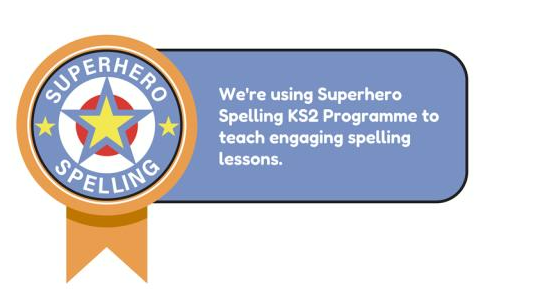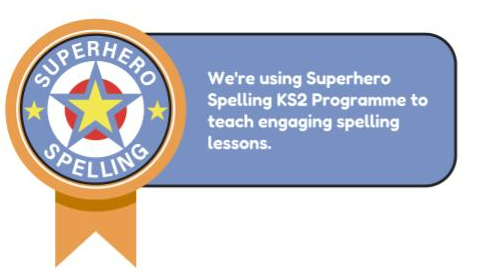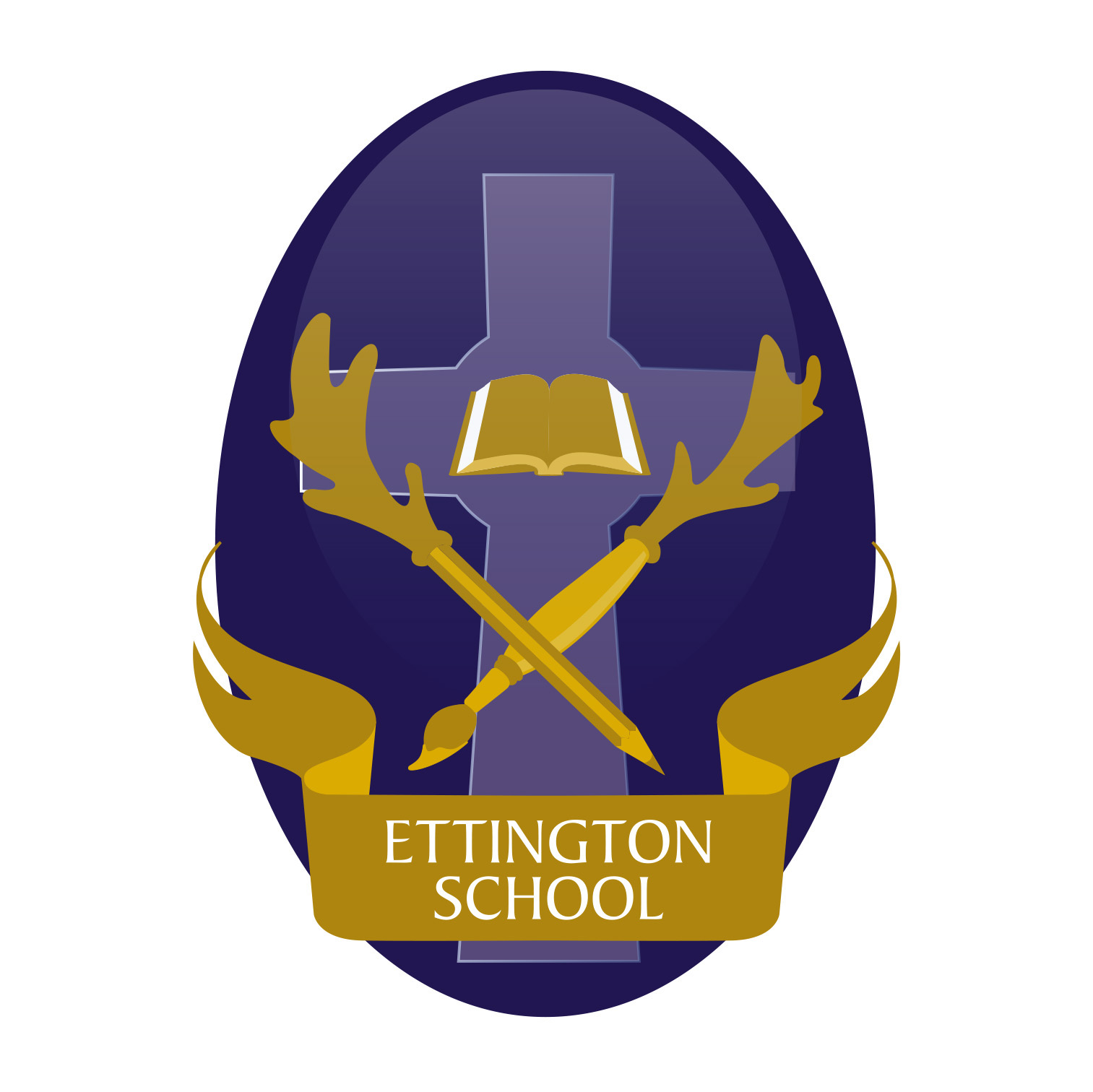Phonics and Spelling
Phonics is a method of teaching children to read by linking sounds (phonemes) and the symbols that represent them (graphemes).
In UK primary schools, phonics is the primary method that is used for teaching reading and writing in the English language. It is based on developing learners' phonemic awareness—the ability to hear, identify, and manipulate phonemes—in order to teach the correspondence between these sounds and the spelling patterns that represent them. Once children can hear phonemes and identify the corresponding graphemes, they can be taught to use this phonic knowledge to create words by blending from left to right, for example, ‘c – a – t’, blended together gives ‘cat’.
As the number of phonemes and corresponding graphemes that the children know increases, so does the number of words they can decode (read) and subsequently construct (spell then write). Phonics is essential for children to become successful readers, spellers and writers in the early years of schooling and beyond. In the first three years of their school life, it is a requirement that all children should have a daily lesson of phonics. Over these years (and beyond in certain cases), a systematic synthetic approach should be followed in order that the best possible outcomes are available for all children. It is vitally important that children are taught phonics in a systematic and synthetic way.
The definition of systematic phonics teaching is the direct teaching of a set of grapheme phoneme correspondence (GPC) in a clearly defined sequence. If phonics teaching is truly systematic, the order is such that children become confident and successful readers, spellers and writers in a very short amount of time.

At Ettington, we use the DfE approved Monster Phonics scheme to support the teaching and learning of Phonics and Early Reading.

At Ettington, we aim to build on the foundations of the Monster Phonics programme in EYFS and KS1 with a comprehensive spelling programme in KS2. Superhero Spelling meticulously meets the 2014 Spelling Curriculum for schools.
The children have a weekly spelling list, which may follow a spelling pattern or contain year group statutory words. The word-lists for years 3 and 4 and years 5 and 6 are statutory. The lists are a mixture of words pupils frequently use in their writing and those which they often misspell.
The programme follows a similar structure to Monster Phonics with Learn, build and show lessons. Handwriting practice is built into the sessions. The children complete several interactive activities throughout the week to practice strategies and learn spelling rules. They practise further with weekly homework tasks.
Year 3: Building Strong Foundations
The key aims for children as they progress through Year 3 are as follows:
· Consolidate foundational skills from Key Stage 1.
· Apply phonics and phonemic patterns confidently.
· Focus on consolidating foundational spelling skills introduced in Key Stage 1.
· Introduction to broader spelling rules, homophones, and irregular spellings.
· Nurture vocabulary development and word meanings in context.
· Engage with interactive activities, word games, and creative writing.
Year 4: Exploring Complexity
The key aims for children as they progress through Year 4 are as follows:
· Build on phonics knowledge from Year 3.
· Explore prefixes, suffixes, and root words.
· Extend to include a wider vocabulary and intricate spelling patterns.
· Refine strategies for irregular spellings and homophones.
· Emphasise accurate spelling in writing for effective communication.
· Foster independent word investigation, contextual analysis and vocabulary tasks.
Year 5: Mastering Nuance
The key aims for children as they progress through Year 5 are as follows:
· Master prefixes, suffixes, and root words.
· Delve deeper into vocabulary and complex spelling patterns.
· The spelling curriculum advances further to encompass a rich array of vocabulary and intricate spelling patterns.
· Navigate complex and irregular words with confidence.
· Integration of advanced vocabulary into writing.
· Promote autonomous word exploration, context analysis, and vocabulary exercises.
Year 6: Language Mastery
The key aims for children as they progress through Year 6 are as follows:
· Mastery of complex words with irregular patterns.
· Refine spelling, punctuation and grammar for writing.
· The spelling curriculum culminates with a focus on mastering sophisticated vocabulary and refining spelling skills for academic and creative writing.
· Exploration of homophones, synonyms and antonyms.
· Guided use of contextual analysis, word history and spelling strategies.
· Establish a foundation for confident language use beyond the classroom.

